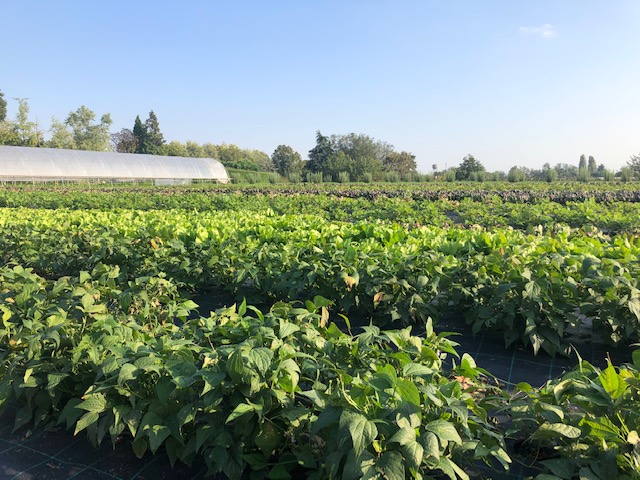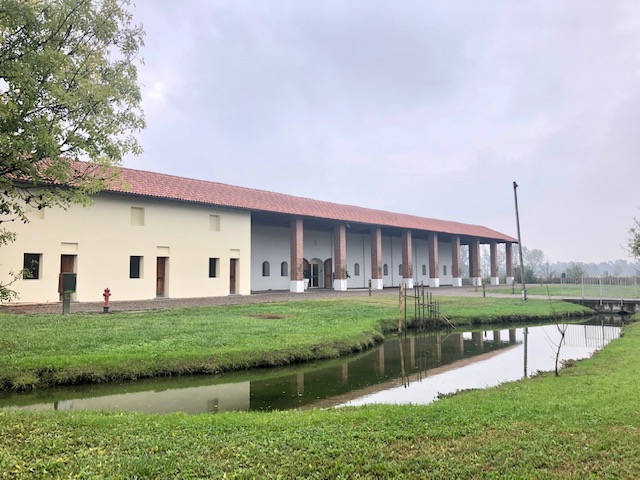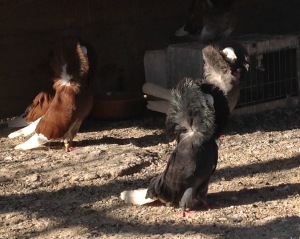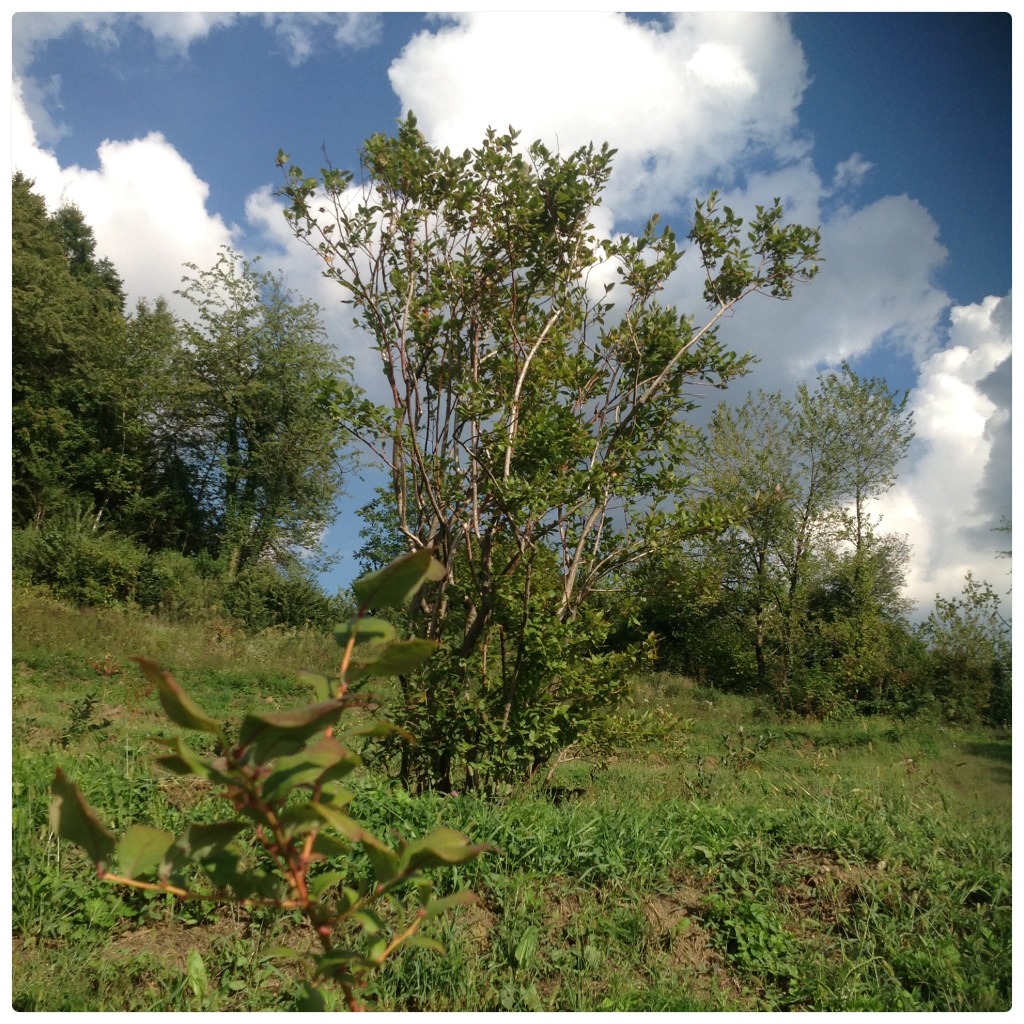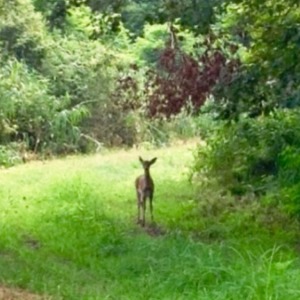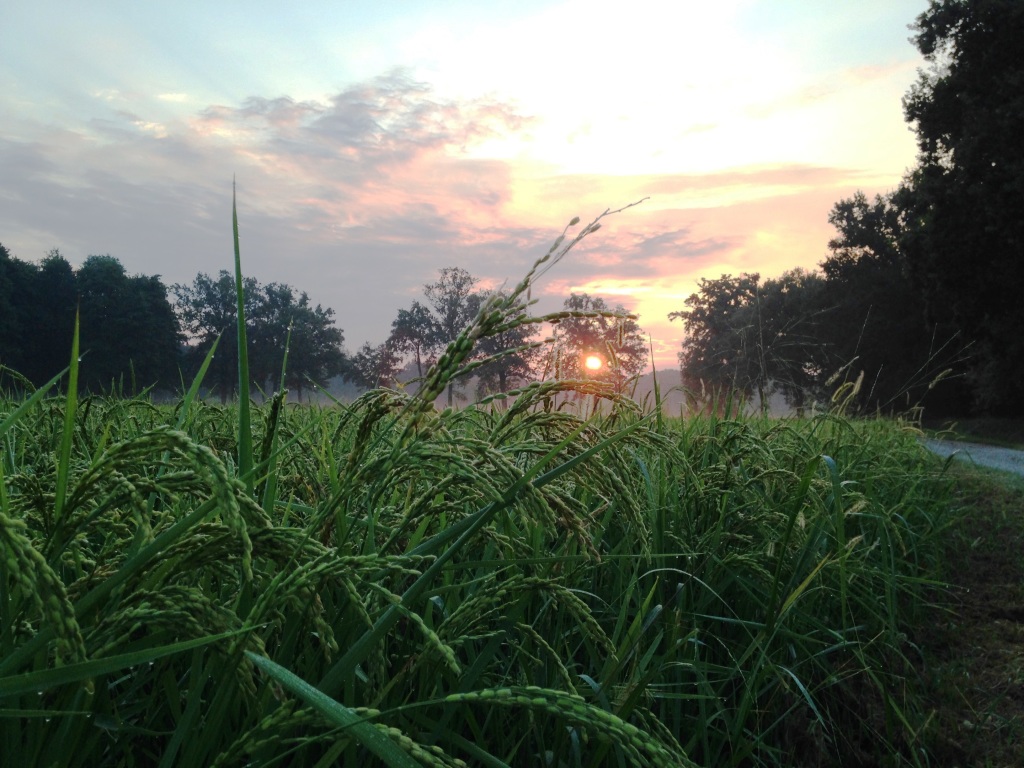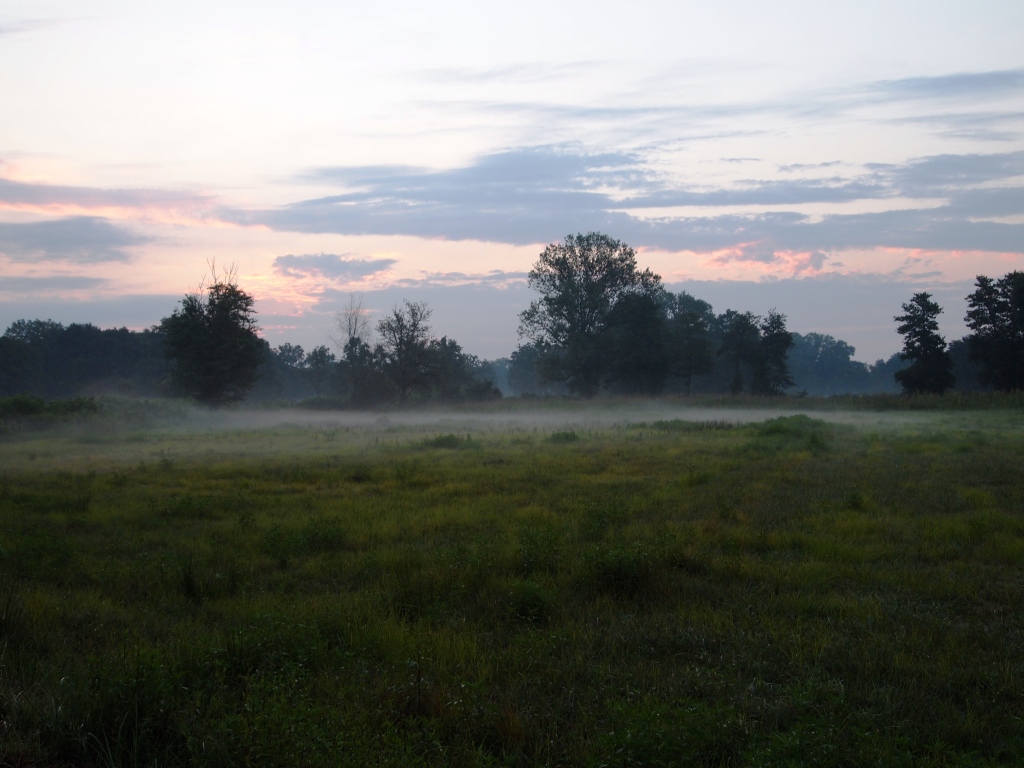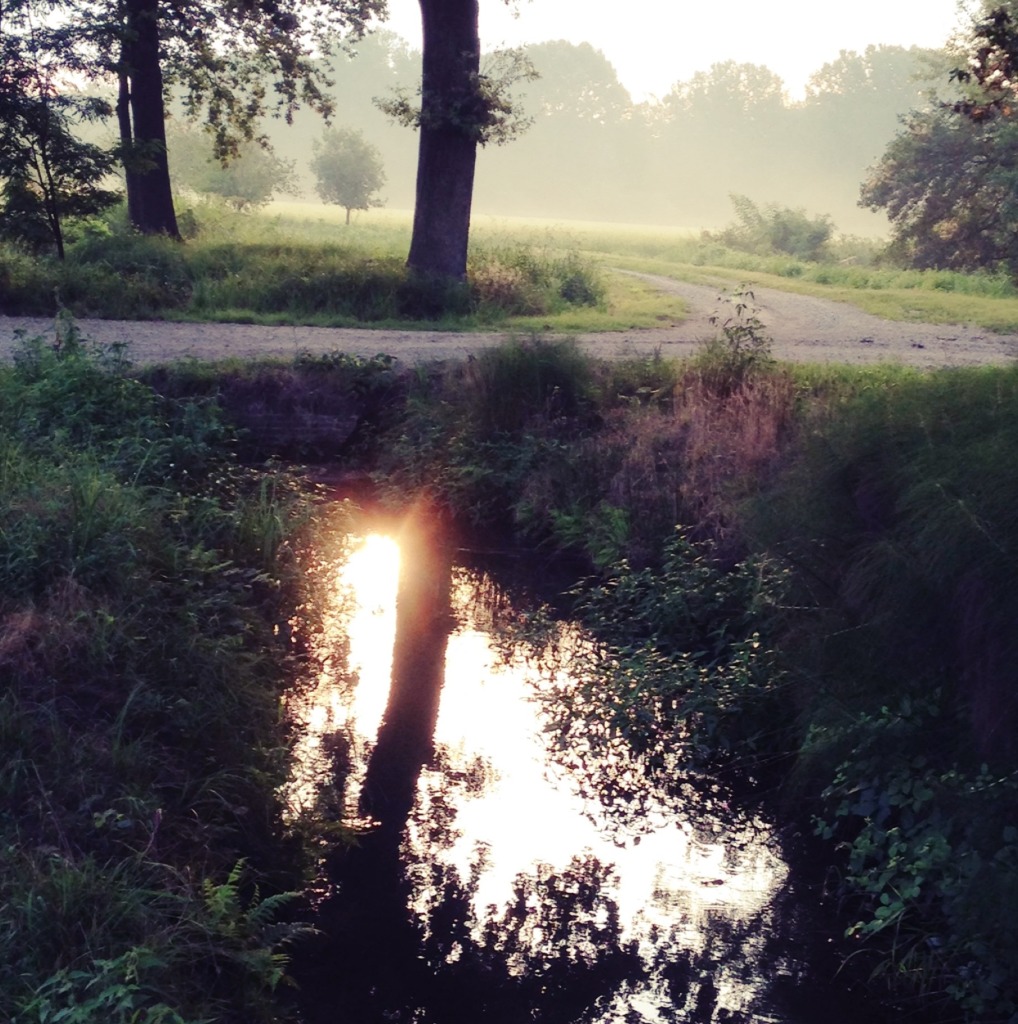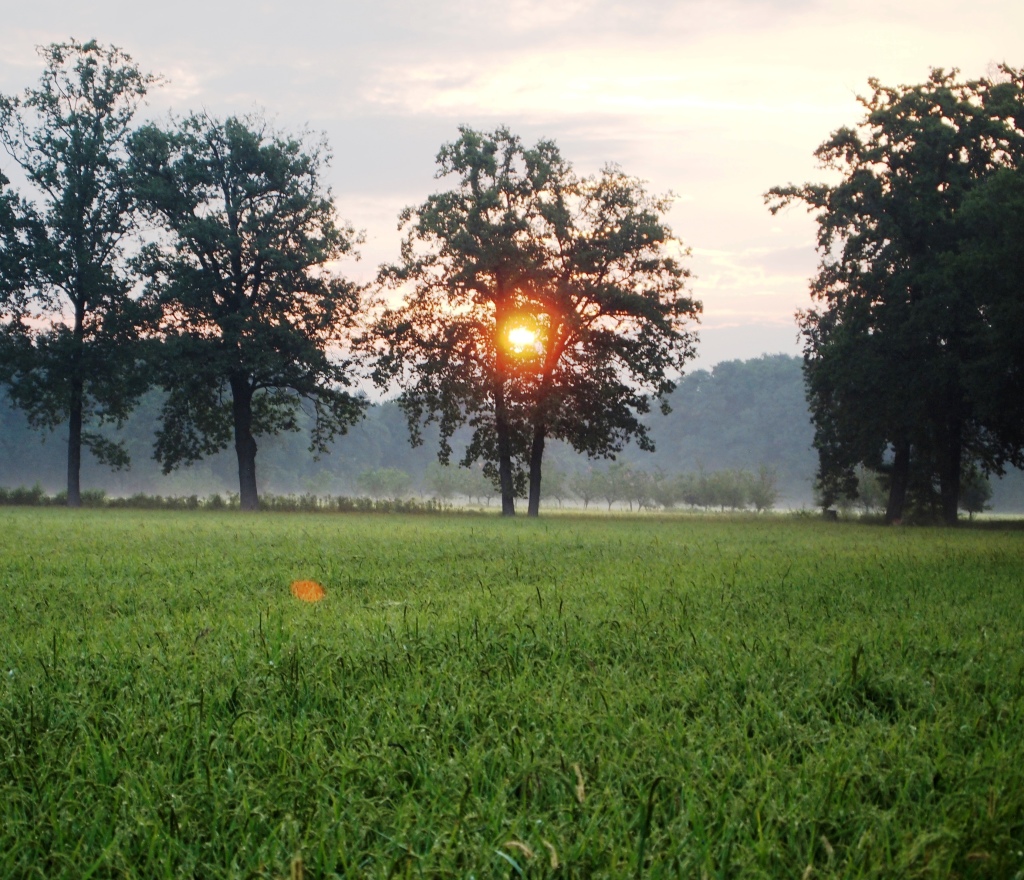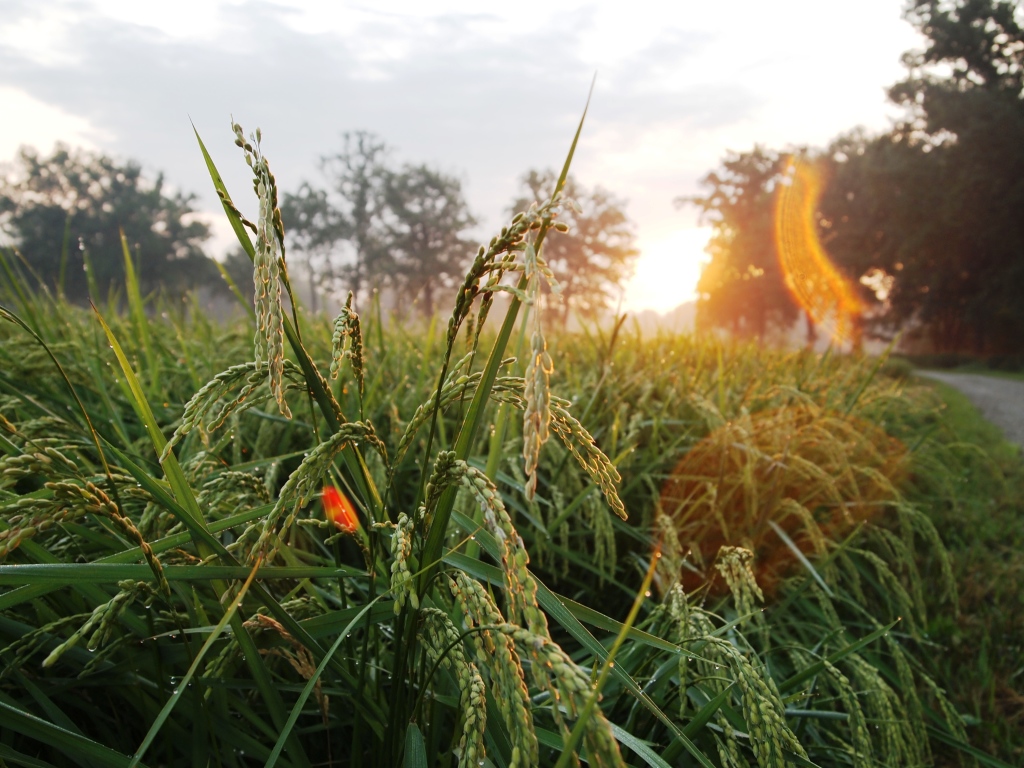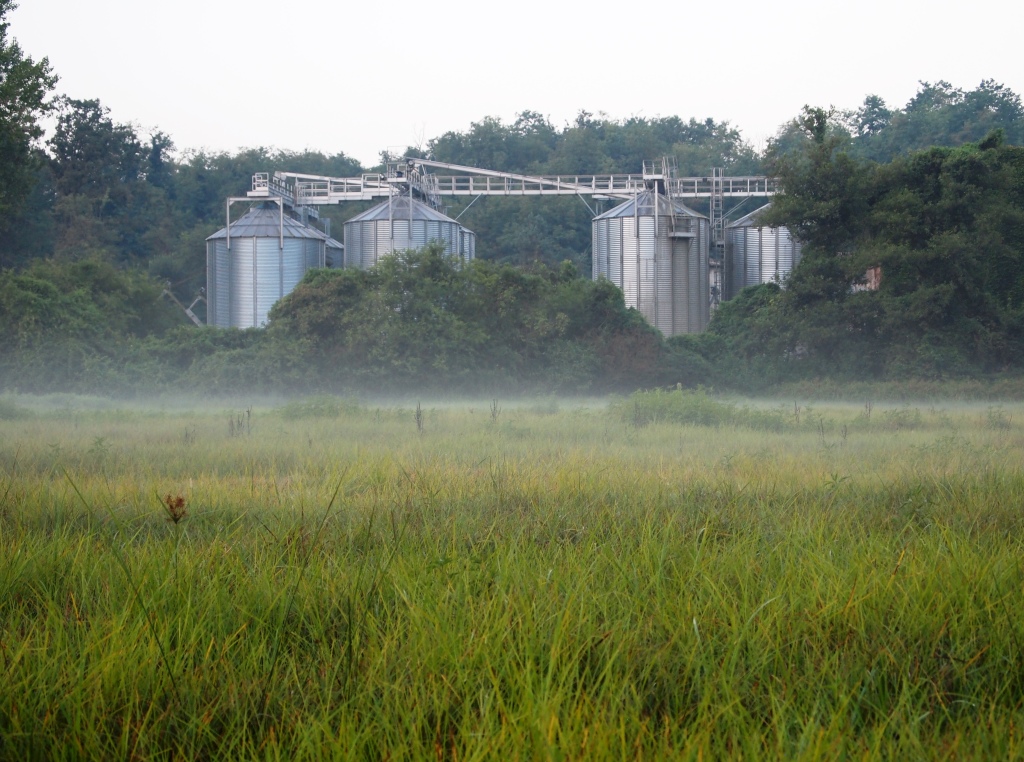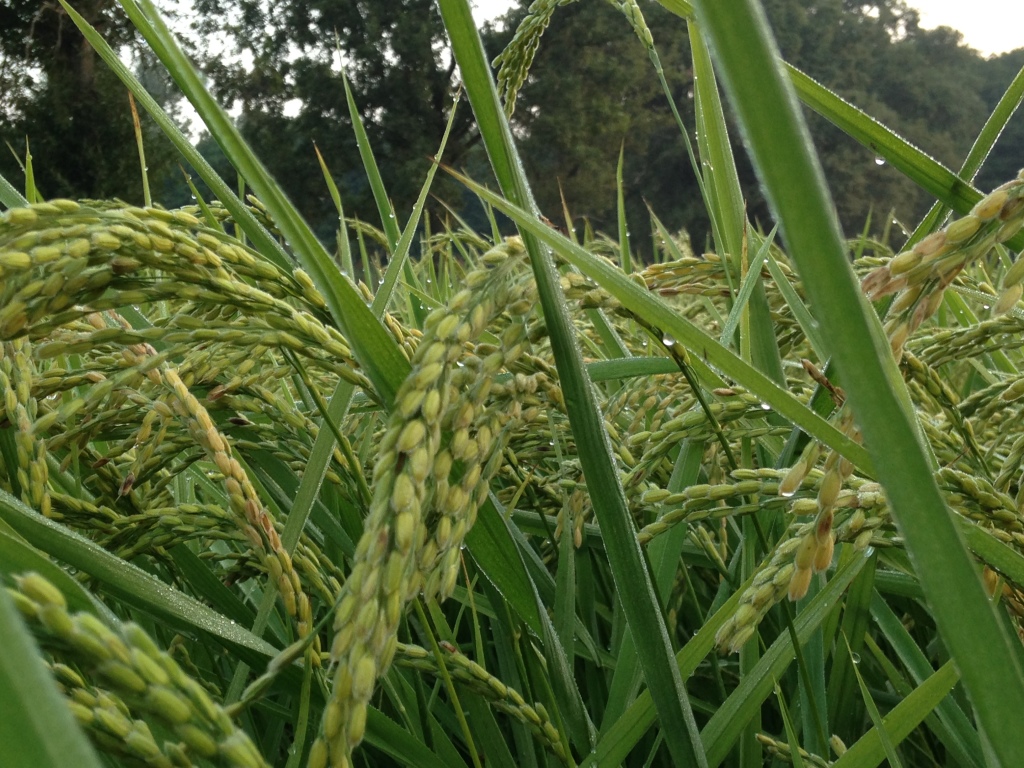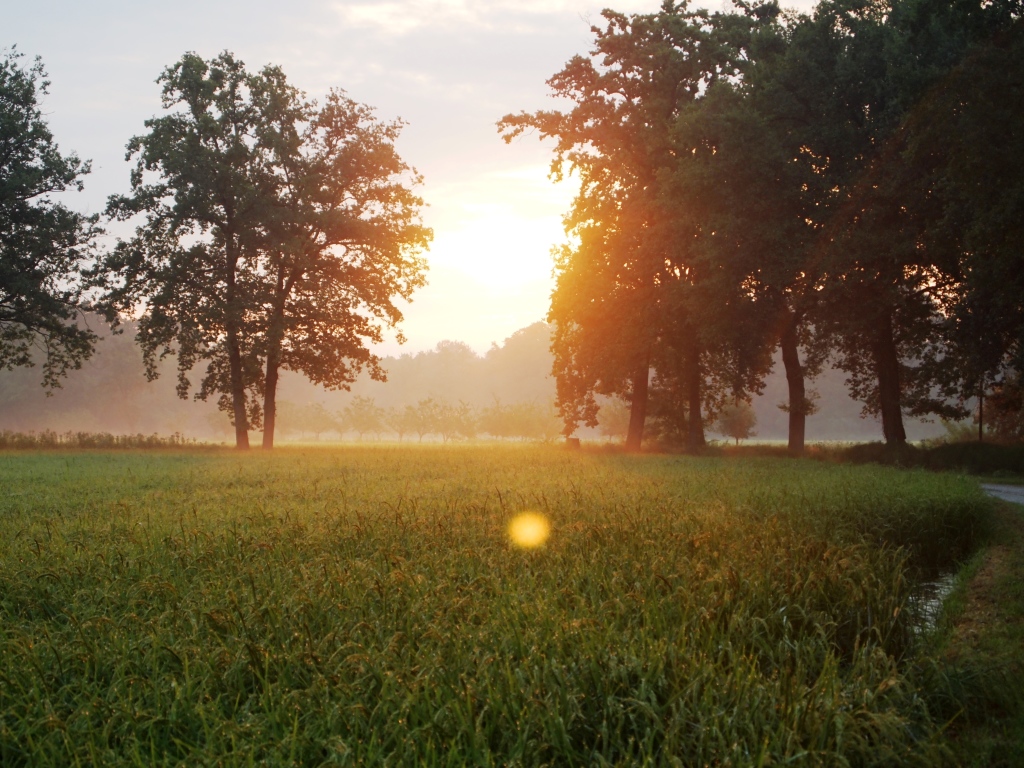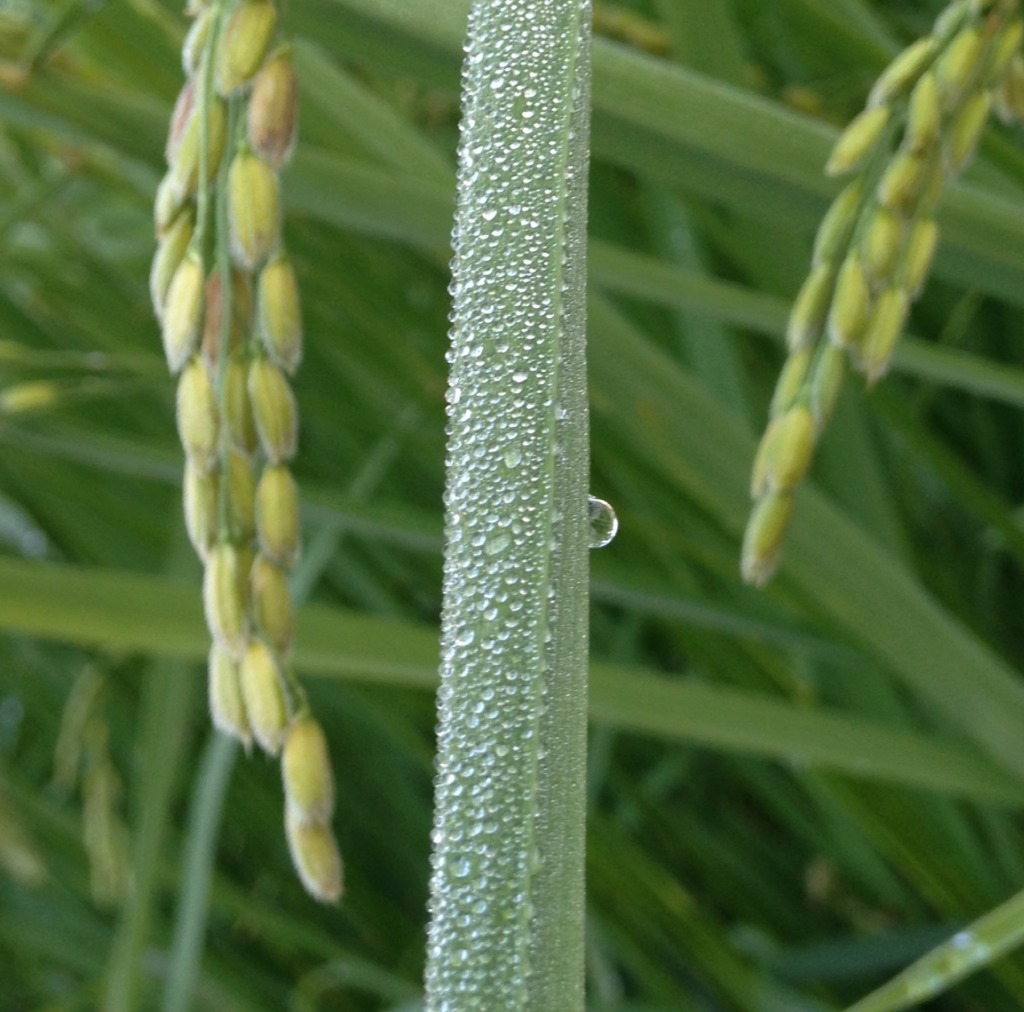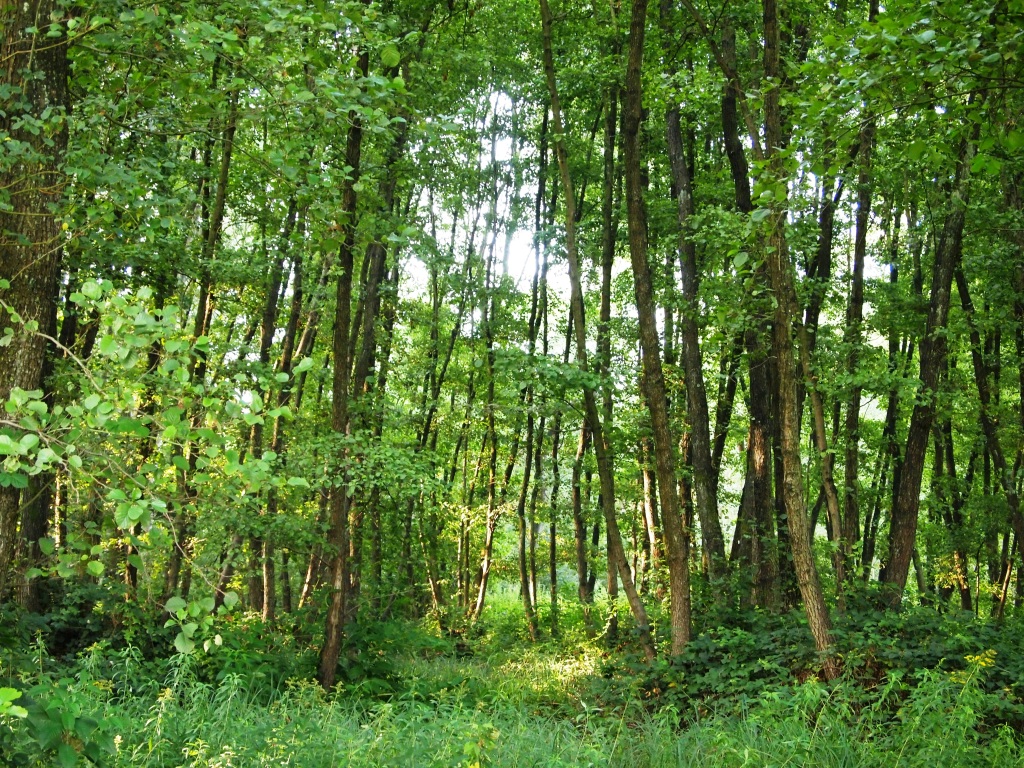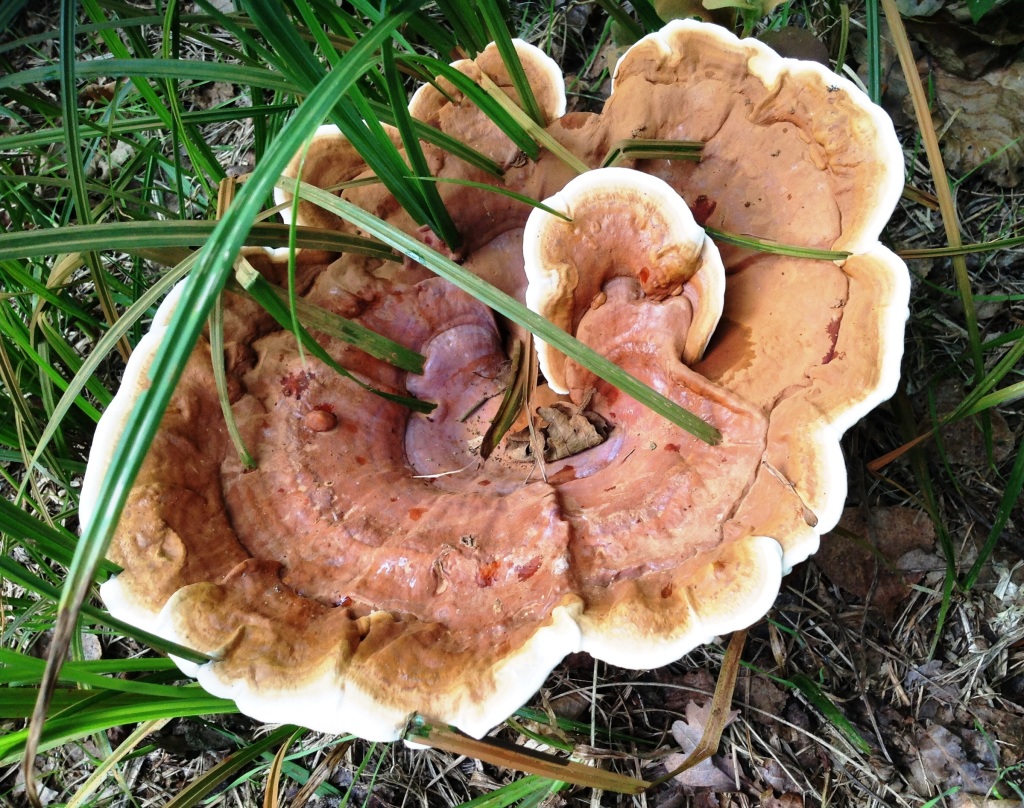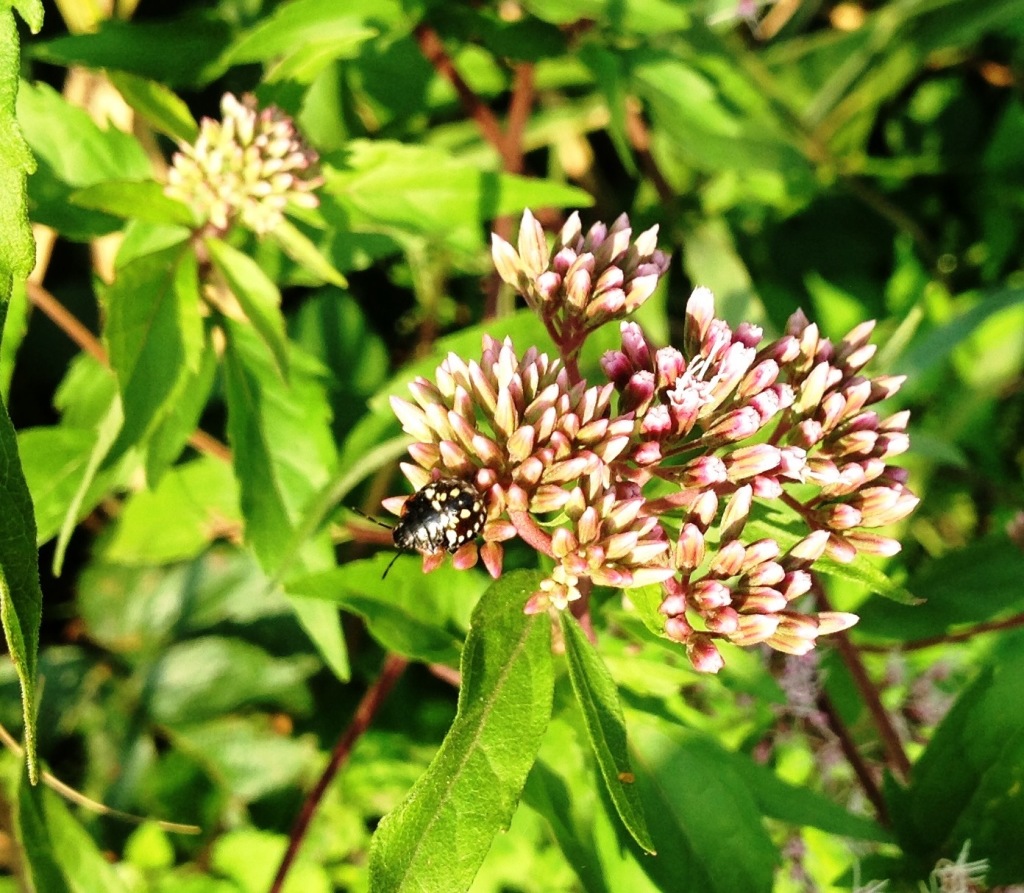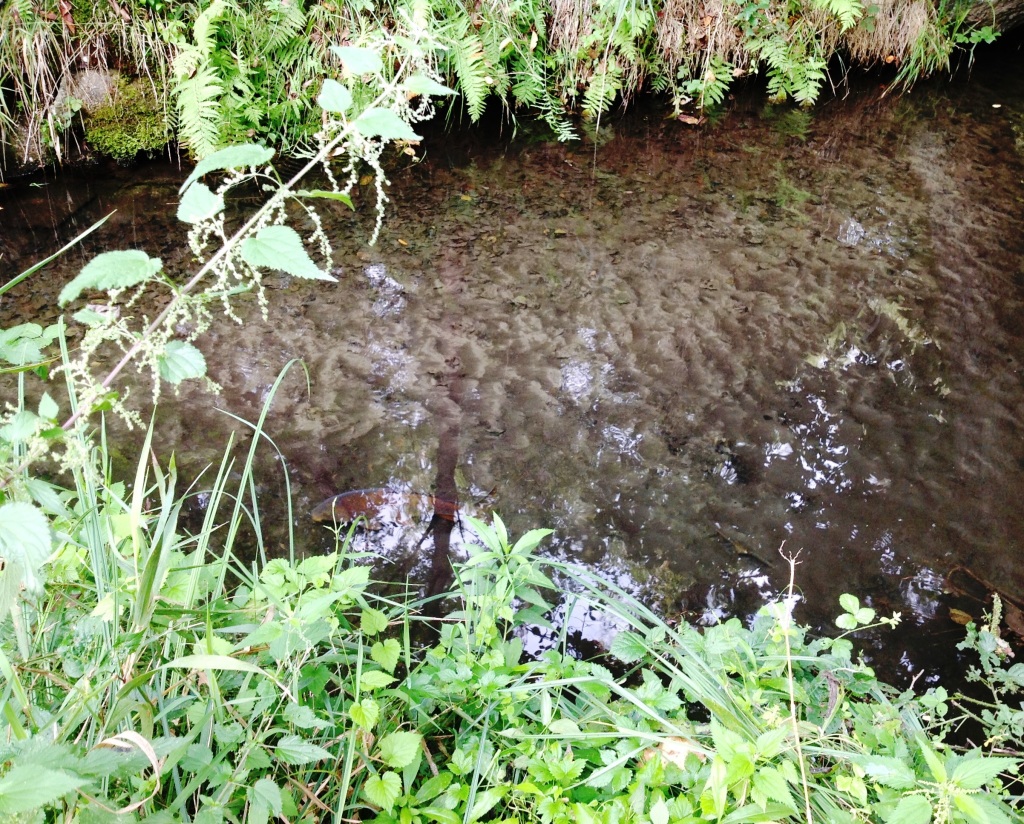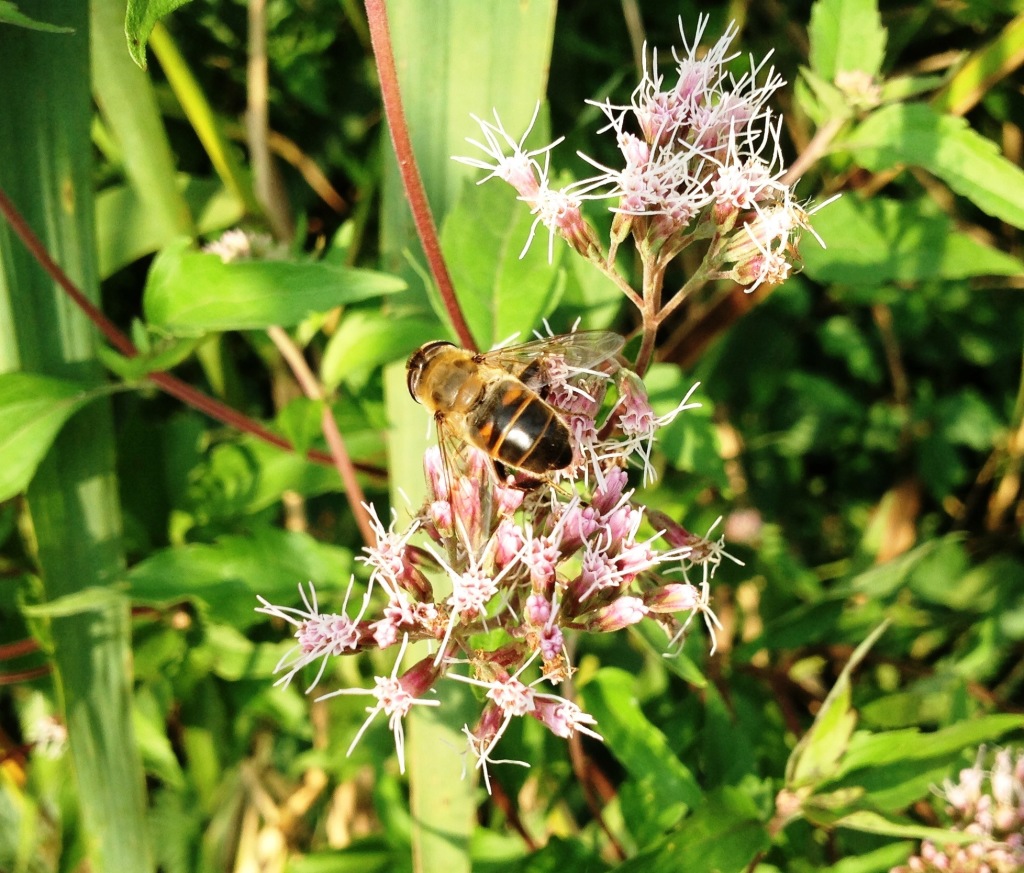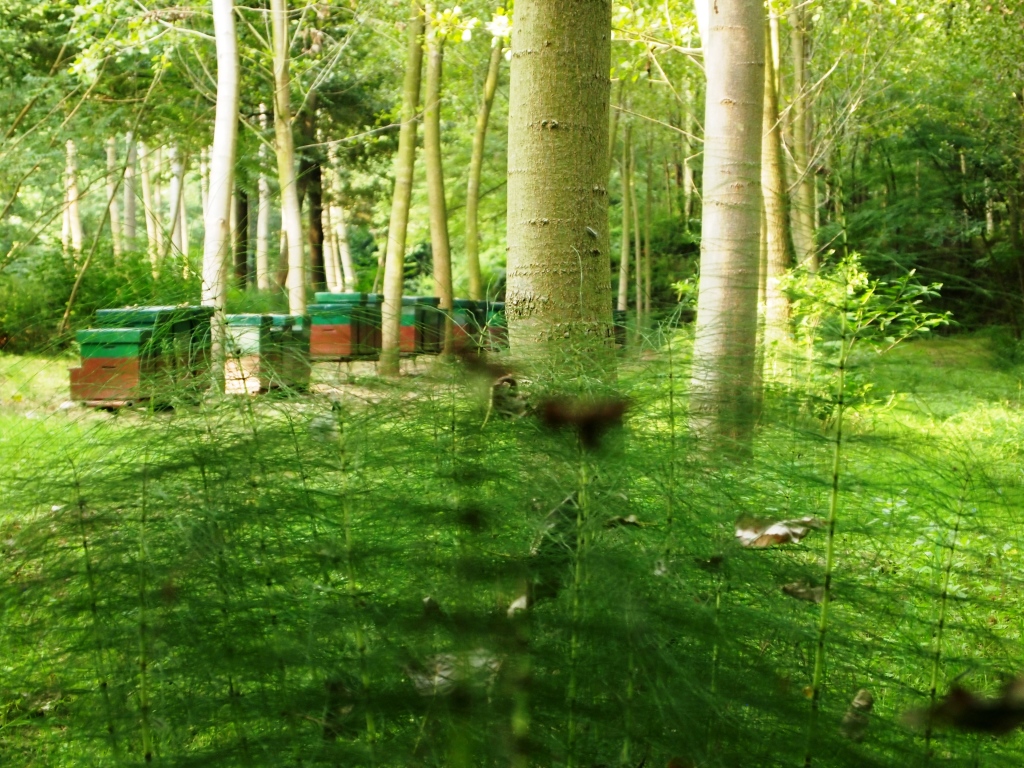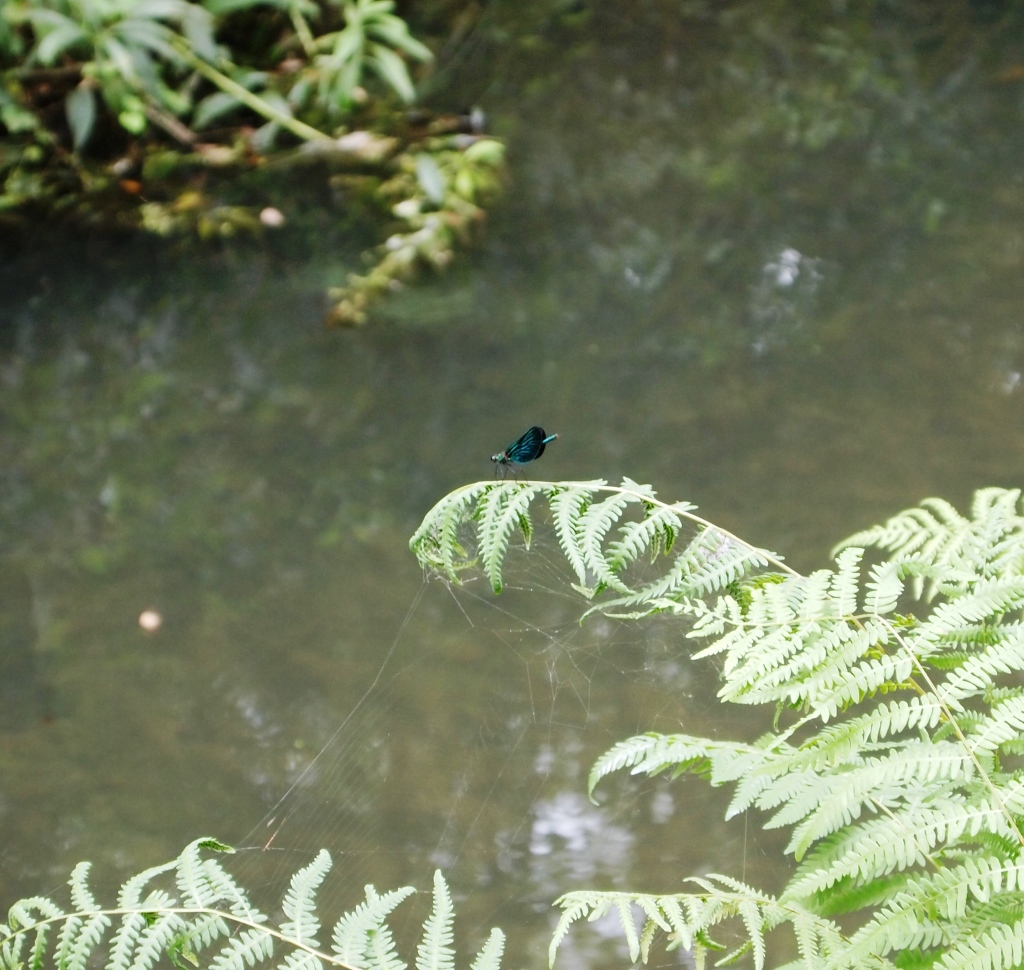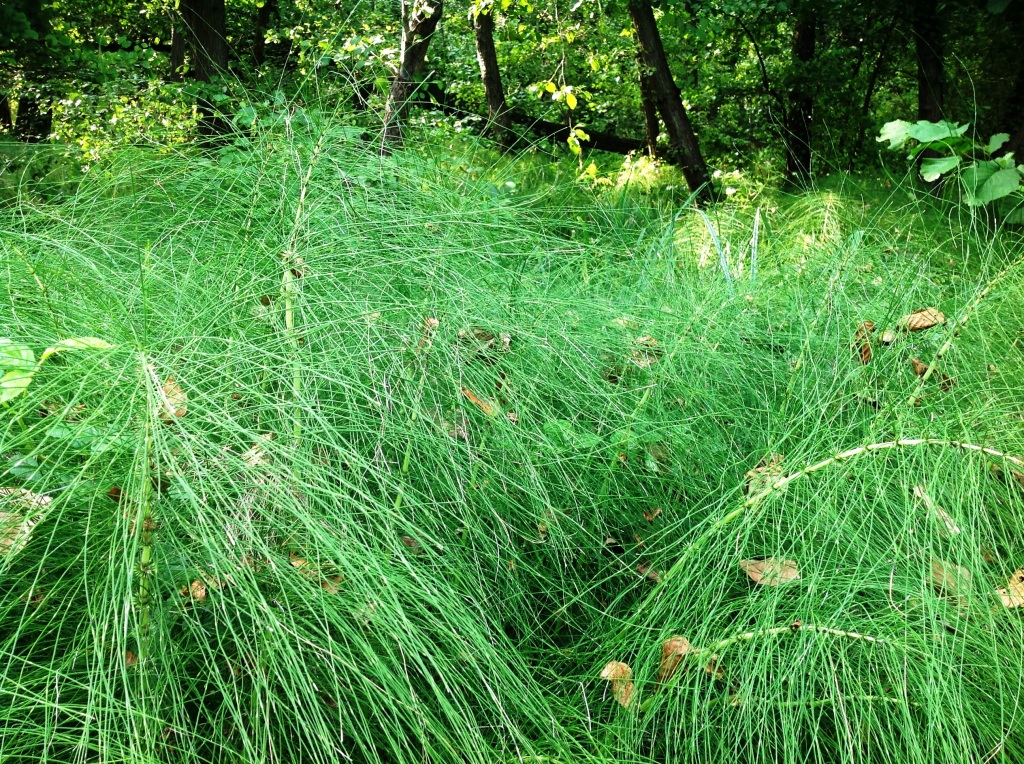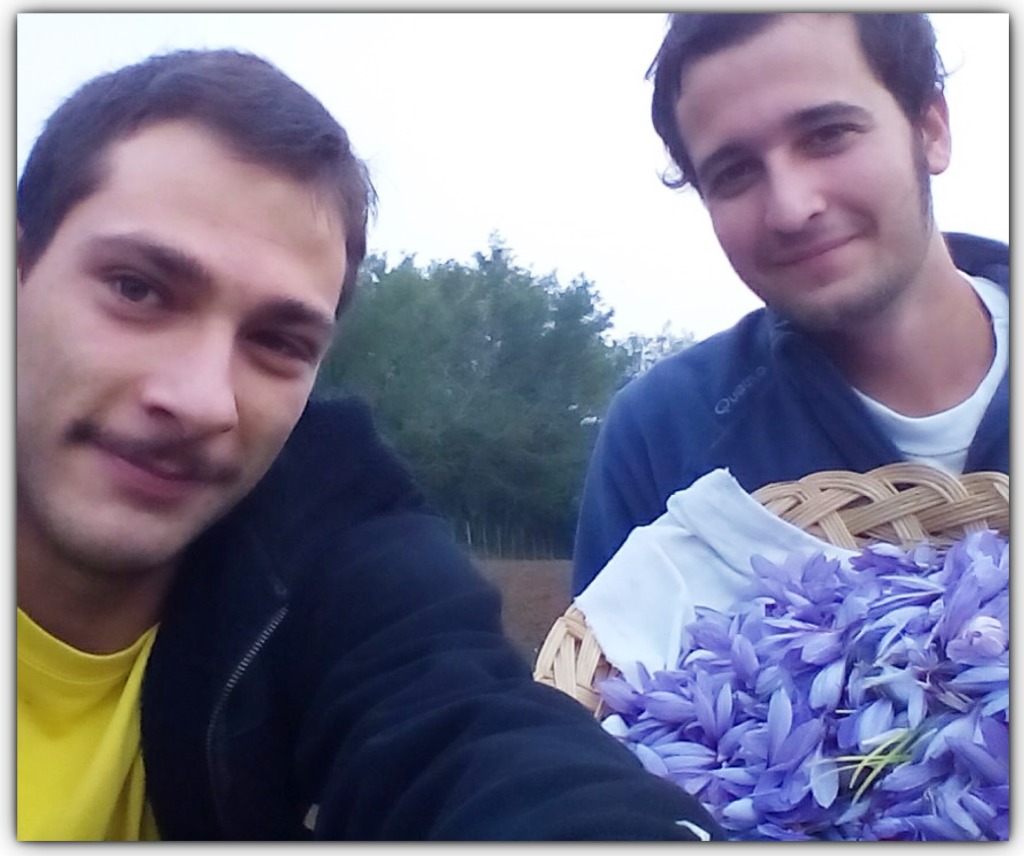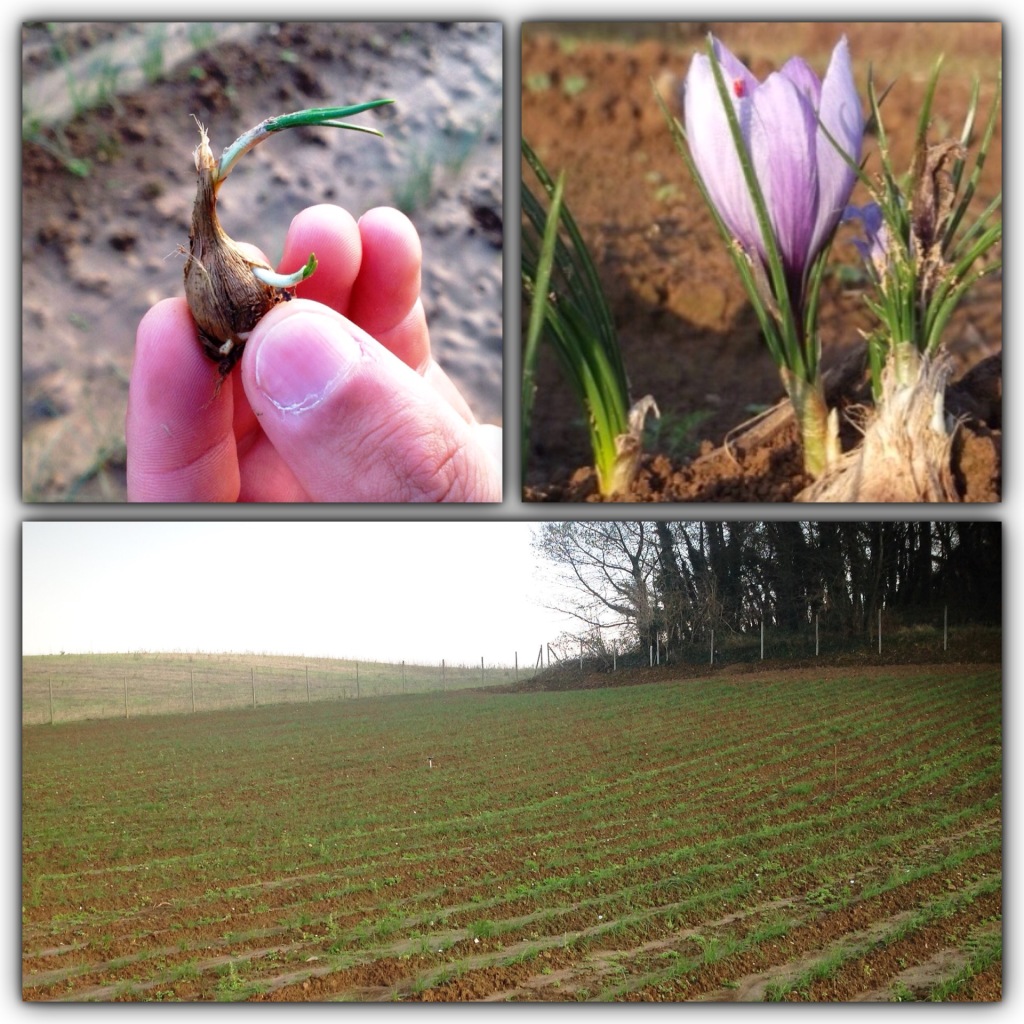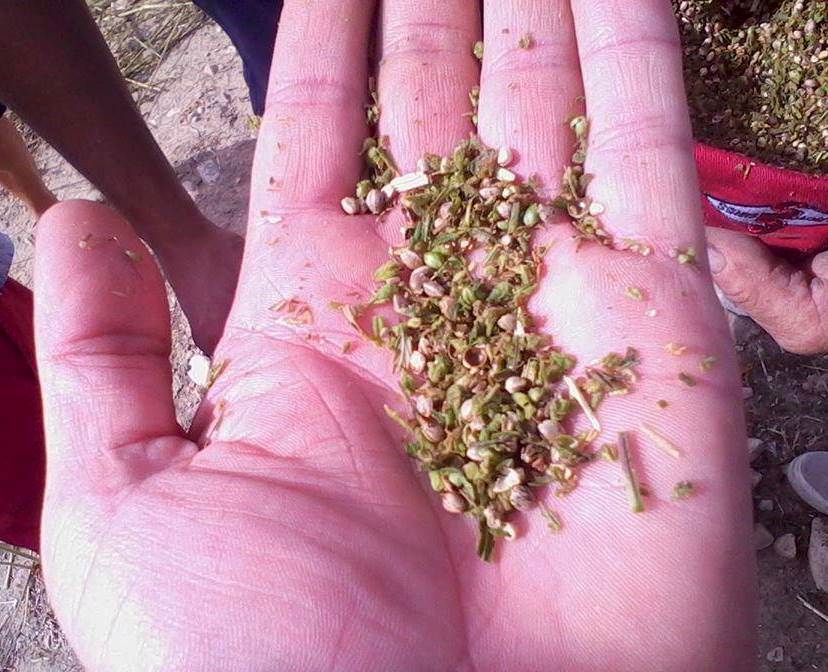A history of agriculture in Brianza: Cascina Bressanella
Acclimatize yourself in the place where you live following your passions, my first rule, ffundamental to know and appreciate what surrounds us.
Da few months, again, I have turned the page and place of residence. I live in Brianza, green land full of good energy, that of nature. From my windows, wherever I look, I see trees. Essential, vitale, regenerating. Dyes weeks of vicissitudes and hitches burocratici tied upi to the my moving house, but especially to the difficult period that everyone we are living, Finally I startedd explore the area around me. This is how I spent the summer, documenting myself on the surrounding realities – historical, artistic and productive – and agoing up and down the Brianza valleys. I assure you, really amazing! Know that close a Monza and a Milan, metropolitan cities, there is this green lung is reassuring and heartening.
In addition to documenting, having the need to make good purchases, during my wanderings I met Cascina Bressanella. Ua history of agriculture born thirty-five years ago in the beautiful Brianza thanks to the passion of a woman, founder and current partner, that, after earning a laurea in scientand delland productioni animali, he started a'activities a few kilometers from the current headquarters of the farm. A farm of poultry - ducks, Pharaoh, capponi, chickens andcc. – that cor the passage of timehave led to expand. L’acquisto di a plot of four hectares of land and the desire to move to a rabbit farm, closer to his university specialization and to the studies done on this animal, gave rise to the Cascina Bressanella. In the following years, agricultural activity andbbe a new twist: the transition to cultivation of fruit and vegetables, but especially, the intuition of the importance of home delivery.
Create a true loyalty relationship con ithe customer, understand his tastes, propose seasonal products, they took her to to reach about three hundred deliveries a week in the neighboring municipalities of Monza. Attention to the consumer which rewarded it with the constitution in 2015 di will see agricultural company established together withthe daughter and son-in-law. It is with him, socio more actively engaged in the company, that I confronted myself chiacchierando long. Graduated in pedagogical consulting, accomplished i 33 age, has completely left his business pandr learn one of themltra, in nature and for nature. A reference to agriculture also due toand its peasant origins. In fact, I believe that every work experience contributes knowledge and capacity. I'm then there’Coaching, listening to those who have matured skillsand, studies and research, a shaperci andd noticearci towards new working lives. A commitment that allowed the company to be recognized as IAP (unpredictori agriculturali professionali).
About three hectares of horticultural cultivation and one and a half hectares dedicated towith fruit, including table grapes, small fruits, plums, the fig of Brianza, pere e mele, with the minimal use of phytosanitary products and with plant-based products that does not contrastino useful insects for the vegetative cycle of crops, respecting biodiversity. The plants are of the new generation with high density, with plants placed in 80/100 cm from each other. The origin and tracking of the seeds guaranteed by the passport. Dto the 2015 An online platform was also born through which you can proceed directly with orders di fruit e vegetables. Today the activity dthe company is supported by two employees establish and fromcollaboration seasonal with on-call contracts, who often fall into the circle of boys that were formed during the school internship at ENAIP, the professional training body in the agricultural sector of Monticello Brianza: www.enaiplombardia.eu . Also, with the work desk managed by the municipality of Casatenovo, the society one firstand of tirocini annual which provide for recovery paths.
Amy question about any difficulty in recruiting staff, much complained by farmers, I was pleased listen to the double significance of the problem. in fact, speople land difficulty nascit in the inability of the same agricultural entrepreneurs in not seeing young people in training courses, without necessarily expecting operators facti it's overi. To build well, also in the agricultural training, serve time and patience.
Cascina Bressanella, a farmer company attentive to the balance in terms of sustainability, whose growth is supported by an agronomist consultant – who by his training is close to biological methodologies - and by a food technician, by phase of transformation. A story of agriculture that respects tradition while contemplating innovation, as close to nature as possible and available to the territory.
Cascina Bressanella www.cascinabressanella.it
Via della Cascina Selva 11
Besana in Brianza (MB)
